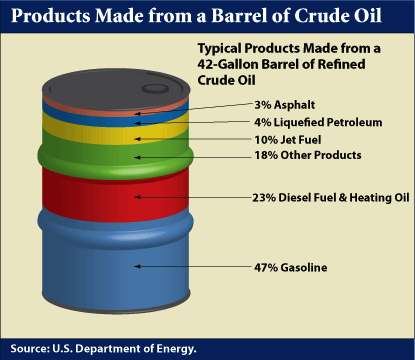2019 Year in Review: AMSOIL Company News Jamie Gibson|Dec 20, 2019 9:58 AM Editor Note: – This is being posted late but that’s alright as AMSOIL’s year starts now in August when things really get started for us – Summer maintenance and in northern climates not far is the season to wrap things up for […]
You are browsing archives for
Tag: industry
What is Synthetic Motor Oil?
What is Synthetic Motor Oil? Ed Newman|Aug 18, 2017 8:19 AM As most of my friends know, and you now as well, I listen to audio books during my daily commute. My current book, about history’s first billionaire, is titled “Titan: The Life of John D. Rockefeller, Sr.” It’s a massive book about a massively […]

